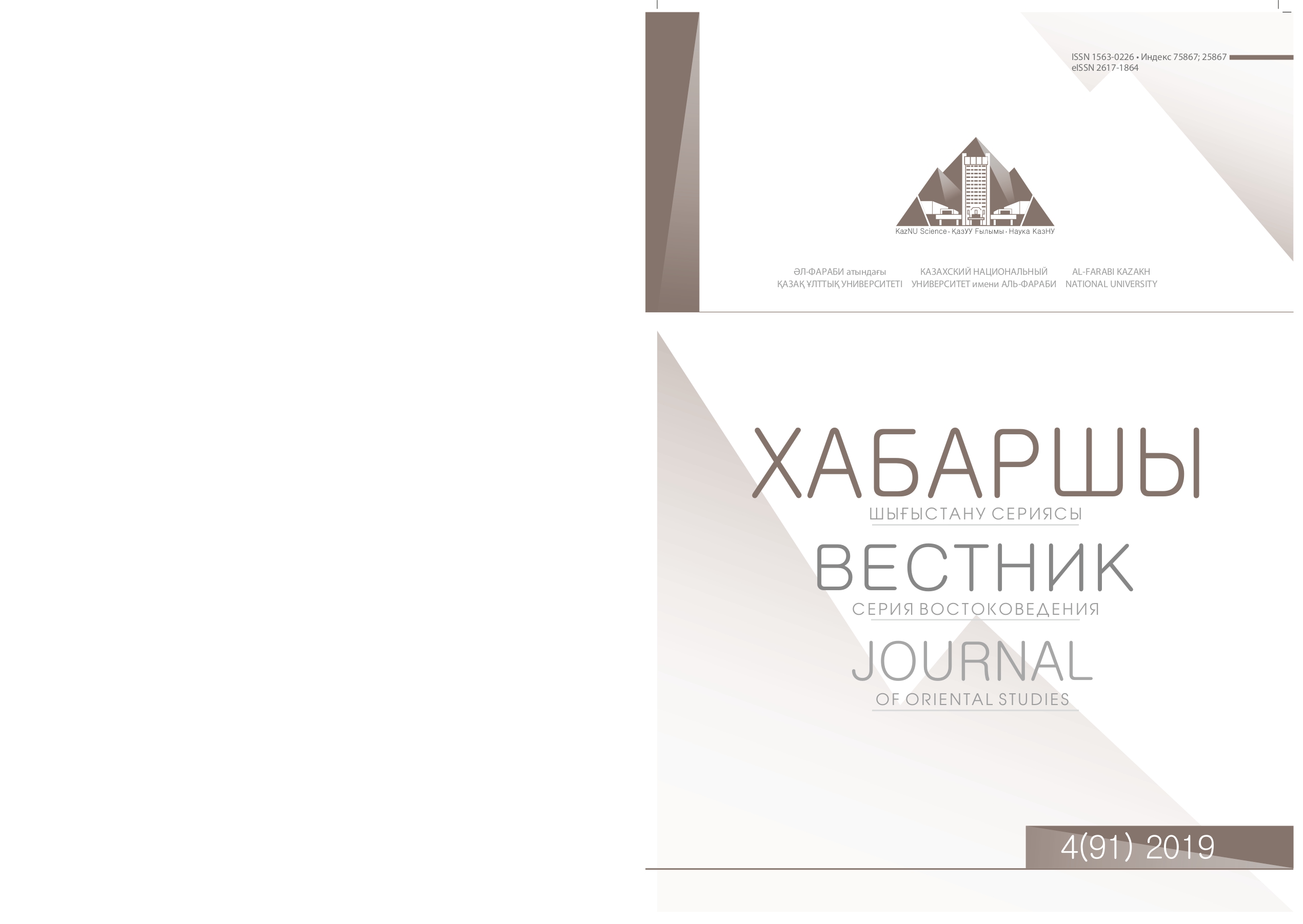Eco-city development in Far East: a comparative study of two cities in China and Japan
DOI:
https://doi.org/10.26577/JOS-2019-4-o2Abstract
The eco-city concept appeared only a few decades ago, but it has already managed to spread not only to developed, but also to developing countries of the world. Now this concept is being resorted to both locally and internationally to solve environmental problems and challenges. These problems and challenges have arisen due to intensive industrialization and rapid urbanization, which still continue in Asia. This scientific article provides an overview of the results of solving problems in East Asian states, such as Japan and China, and how successful these results are. Although these countries are located in the same region, their approach to implementing the eco-city concept is different. This is due to the difference, firstly, in the political regime, and, secondly, in the stage of economic development. In China, the development of an eco-city has spread very widely, but this development looks very different compared to Japan according to different criteria, for example, what goals have been set and whose interests this city will serve. For this reason, a classification is provided that defines the difference between all eco-cities in China. Due to the fact that it is impossible to compare and list all the differences between the eco-cities of the two countries, we took the best practices of these countries. We will try to determine the differences through a comparative analysis of these cities - Kitakyushu in Japan and Tianjin in China. Key words: eco-city, Japan, China, Kitakyushu, Tianjin, KPI.




